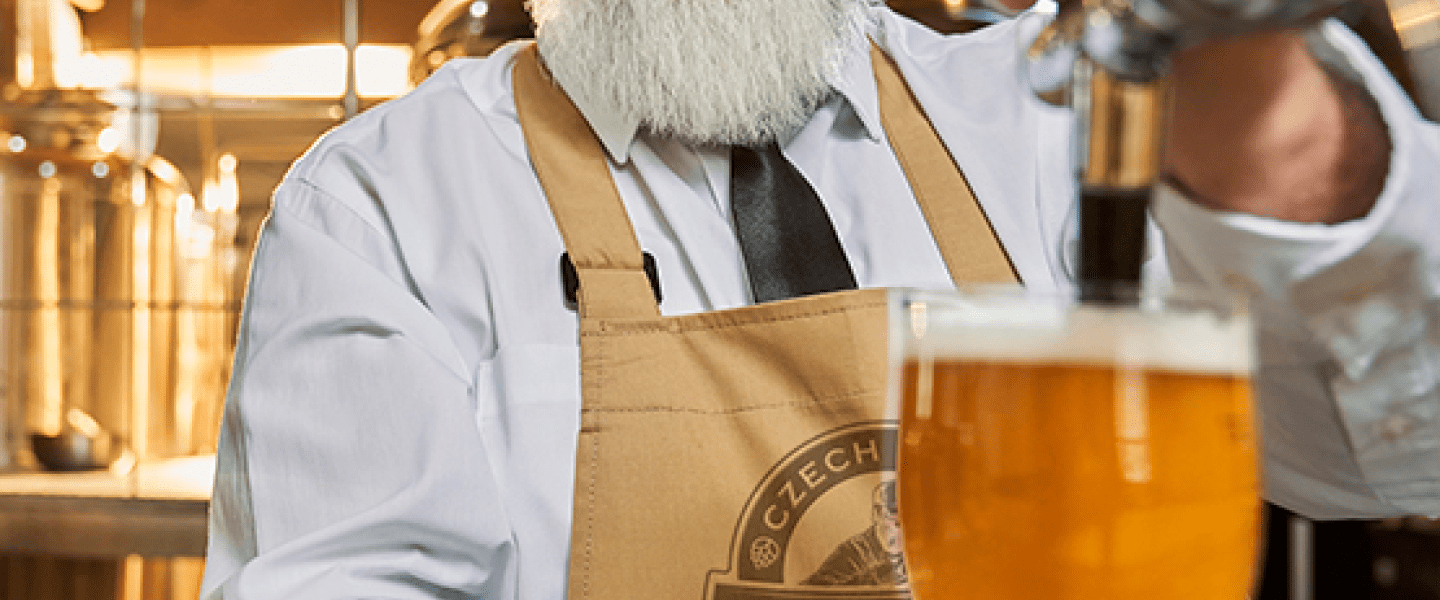
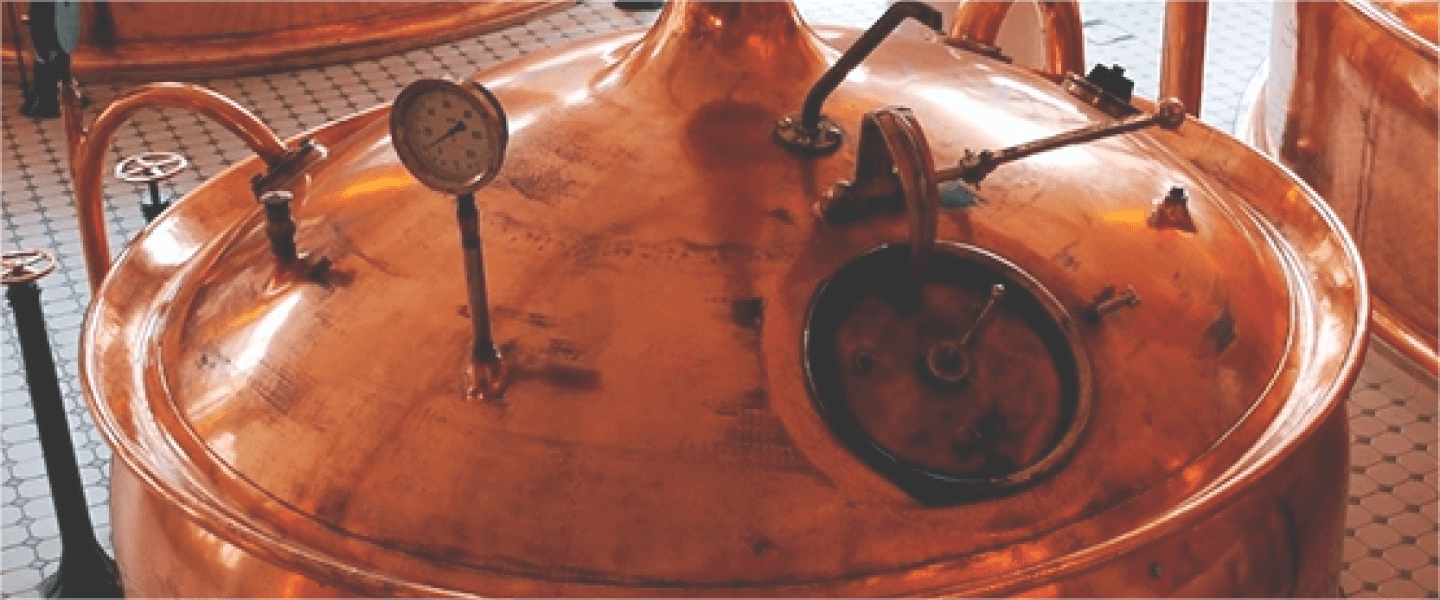
The technology of bottom (cold) fermentation is a process of producing alcoholic beverage in which fermentation takes place at low temperatures from 4°C to 16°C. This method preserves the aromatic properties of the raw material and helps to obtain a beverage with milder flavor and aroma. Low temperature slows down the fermentation process, which helps to maintain the taste and reduce the formation of by-products.
The difference between bottom (cold) fermentation and top (German brewing technology) fermentation is that in low temperature the fermentation process takes place at lower temperatures, whereas in top fermentation it is usually higher (18°C to 25°C). But the low temperature fermentation ensures a slower fermentation process which preserves the aromatic properties of the raw material and gets a drink with milder aroma and flavor than the top fermentation.
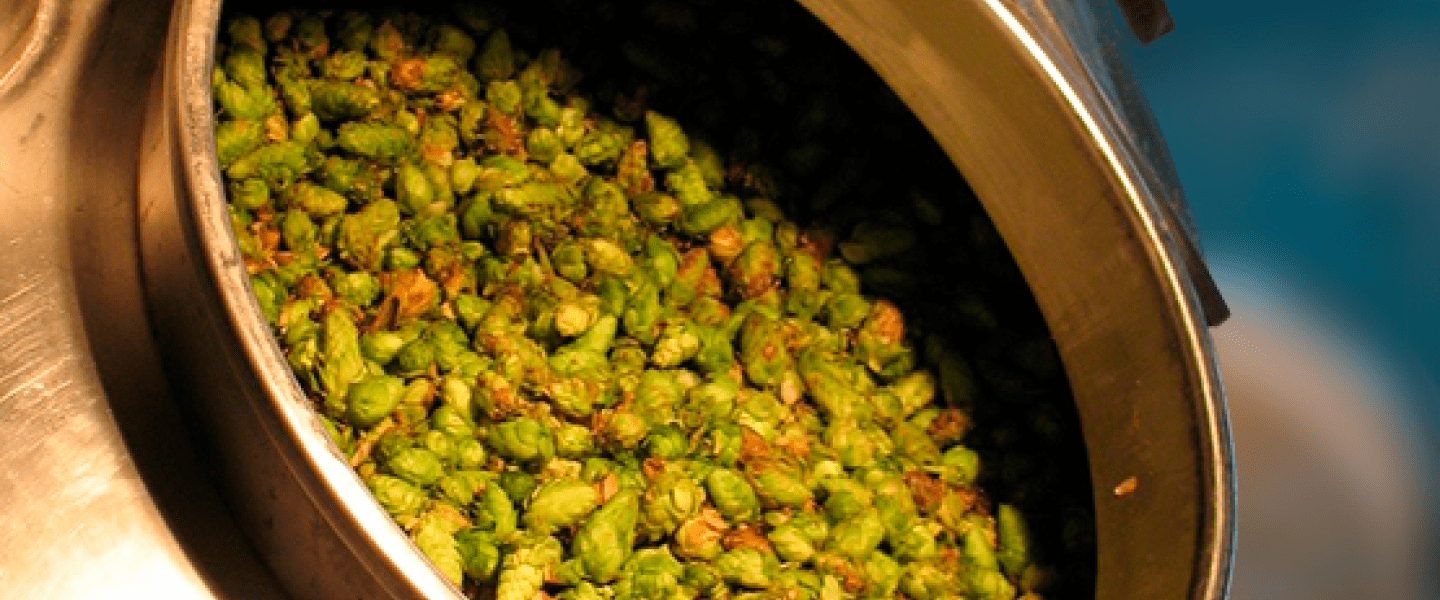
Žatec hops – a sort of hops growing in the Žatec region, Czech Republic. It’s characterized by a high content of oils and is used in brewing to give beverages characteristic aroma as well as bitterness. Žatec hops is known as one of the most prestige hops and widely used in craft and industrial brewing all over the world.
Žatec hops remain the key ingredient in creating Pilsner, which is the most common type of bottom fermentation beer in Central Bohemia. This type of hop continues to play a significant role in the production of classic Pilsner. Today, it accounts more than 96% of the total Czech beer production. The production of 1 liter of beer requires just 4 hop cones.
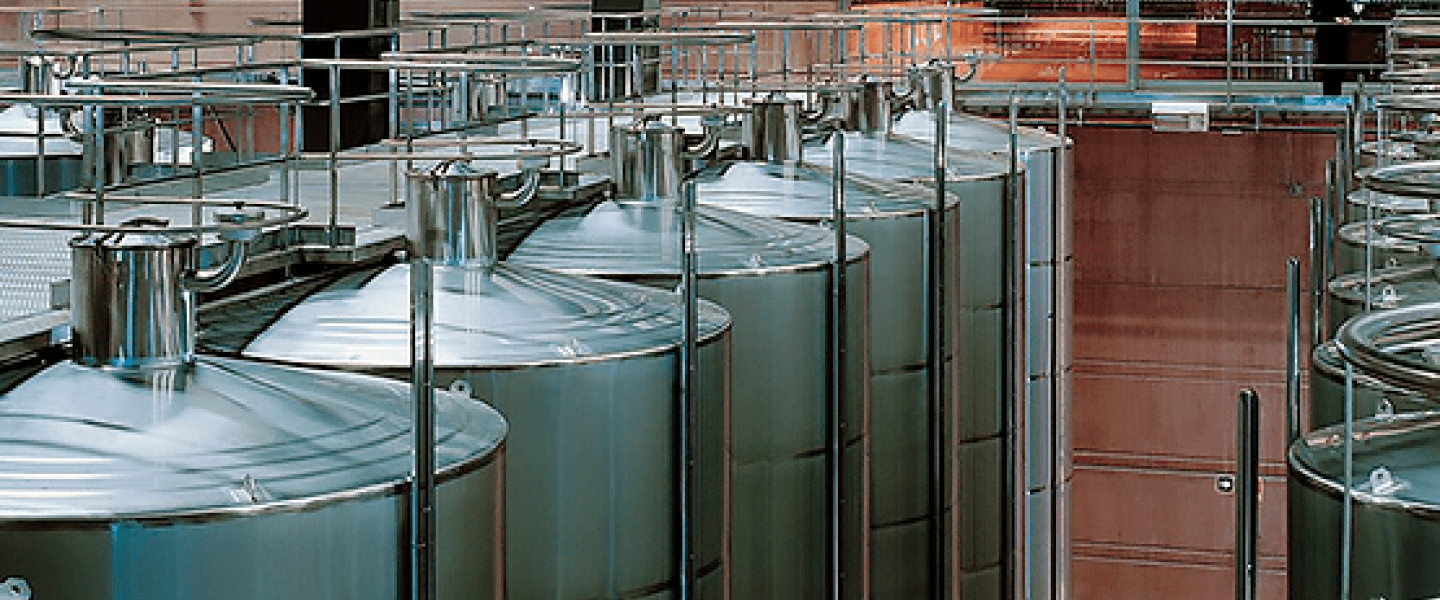
The wort ferments in the fermentation area for about a week. Then it is transferred to the next stage of fermentation, where it is poured into open tanks (copper tanks). After the fermentation process is completed, the "young" beer is obtained and placed in special containers (zinc tanks) for maturation at a temperature of about one degree. This is where the final stage of fermentation takes place, in which beer is saturated with carbon dioxide and the tannins are removed.
It’s aged in cellars from 20 days to 6 months, depending on what strength you want to obtain. Some brewers use a yeast fungus in the maturation, which prevents oxidation processes and the formation of oxidation products undesirable for beer.

The production of beer is considered one of the most technologically complex processes in the food industry. Brewers must consider a lot of nuances and control every step of production to obtain a high-quality drink.
The quality of newly brewed beer is assessed by organoleptic and physic-chemical properties, which include the presence of a characteristic aroma, the required CO2 content, color saturation, sufficient product clarity, and taste.
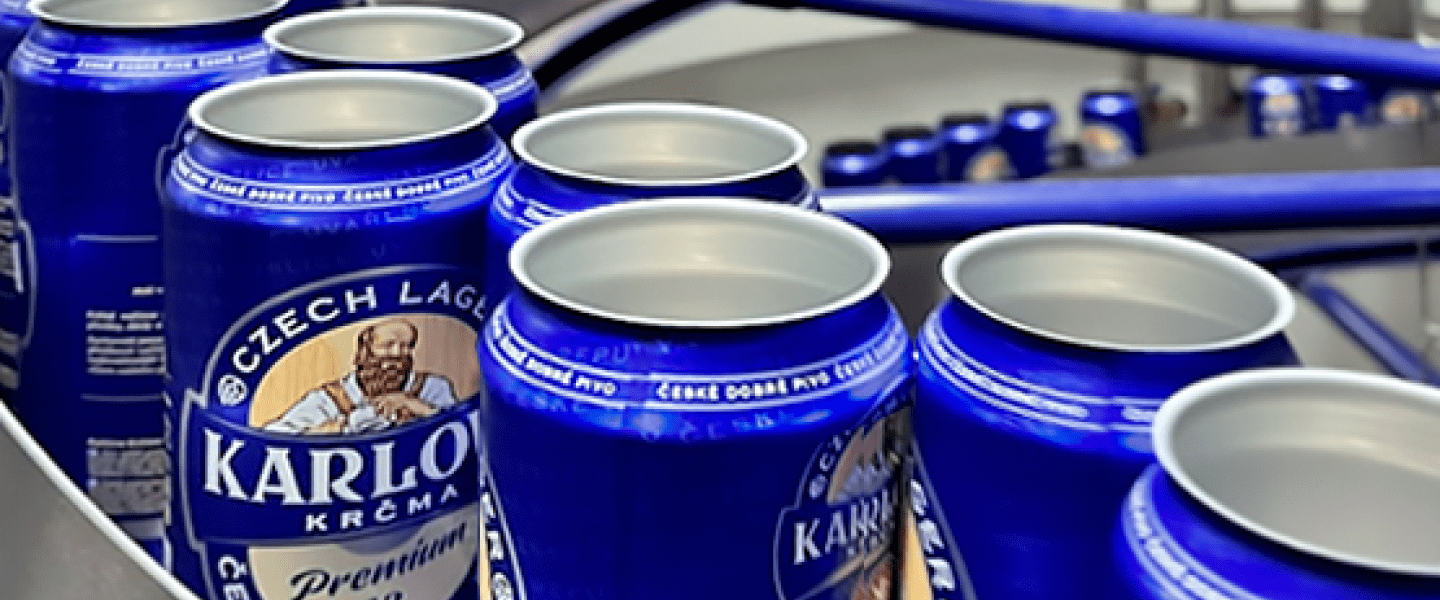
We use modern German bottling lines in metal and glass packaging from one of the world's leading manufacturers of production equipment, KHS GmbH (Germany).
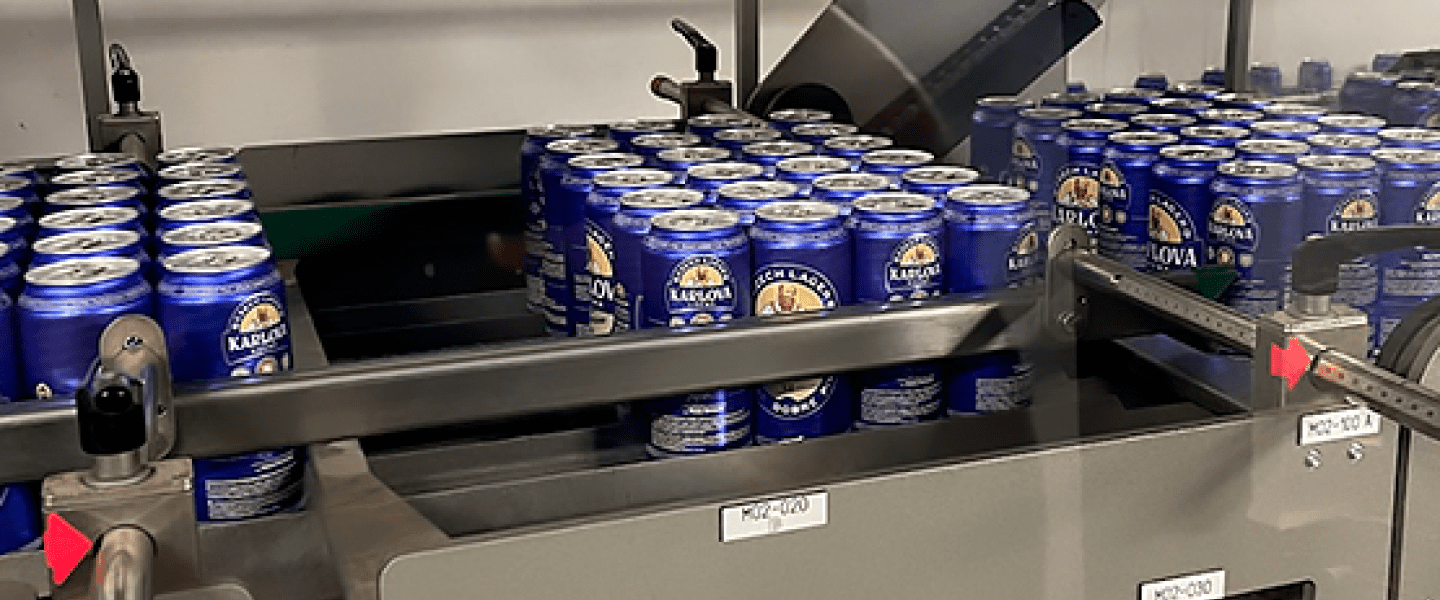
The whole process is automized. We do not use any manual work when packing piece products into cardboard boxes and pallets.
